More and more, the American dinner table is an amalgamation of different cultures and regional cuisines. But do you know where commonplace foods like apple pie, French fries, and fajitas originated? How did those foods end up on our plate? Take our quiz and find out! The answers may surprise you.

#1. Cinnamon buns originated in ...
Swedish cinnamon buns are a bit different than the US version. They are doughy and sticky from cinnamon and cardamom paste. Instead of heaps of frosting, the Swedes simply use a dusting of granulated sugar.
Source: https://www.thelocal.se/20161004/why-cinnamon-bun-day-is-an-enduring-swedish-success/; https://www.thelocal.se/20150930/six-sticky-facts-about-swedens-beloved-bun/
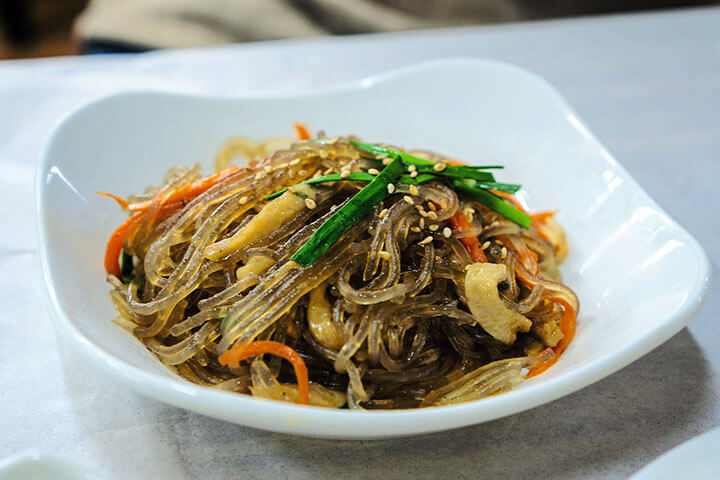
#2. Chop suey originated in ...
Chop suey is a Chinese-American creation that roughly translates to “assorted mix” or “miscellaneous leftovers.”
The origin story is cloudy and may involve drunken gold-rush miners. What we do know for sure is chop suey was around in the 1800s, when Chinese immigrants tempered their cuisine to suit the much tamer American and European palate. By the 1920s, chop suey had become nearly as popular as hot dogs and apple pie. Today, it still appears on many Chinese food menus in the US, but as a dish, “chop suey” does not exist in China.
Source: https://www.smithsonianmag.com/smart-news/chop-suey-american-classic-180964610/; https://www.foodandwine.com/news/many-origin-stories-chop-suey

#3. Borscht originated in ...
Borscht, also spelled borsch, borsht, or bortsch, is a beet soup that can be eaten cold or hot. Borscht is the national dish of the Ukraine and has been enjoyed daily in Ukrainian kitchens for centuries. There are dozens of cities named after this classic dish in the Ukraine, including Borchchiv, meaning “belonging to borscht.”
Despite claims made by the Russian Federation’s Ministry of Foreign Affairs and other government officials stating that borscht originated in their country, it is in fact another example of Russia’s historical oppression of Ukrainian language, culture, and independence.
Source: https://www.bbc.com/travel/article/20191014-who-really-owns-borsch; https://www.nytimes.com/2020/11/04/world/europe/russia-ukraine-borscht.html
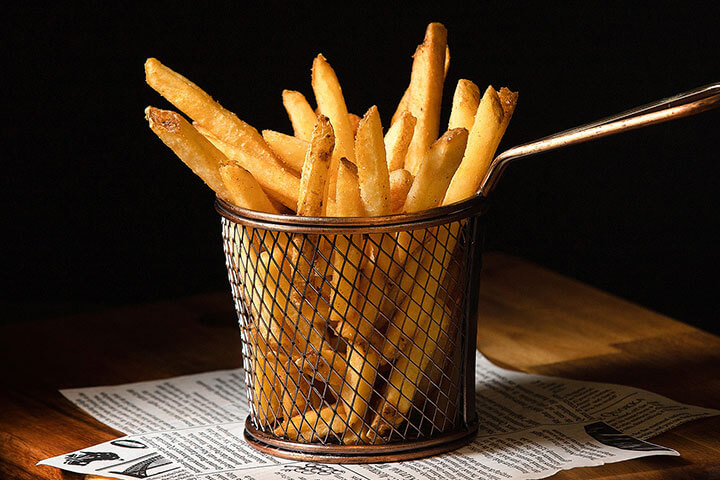
#4. French fries originated in ...
The term “French Fries” is a misnomer. Fries or frites originated in Belgium, with its first frites stand appearing in the early 1800s. Fries are a well-respected food in Belgium. To learn the art of proper preparation, future frites vendors can study at a vocational school; their 12-month program ends with a thesis paper.
To illustrate just how much Belgians love their fries, there are 11 times as many frites stands per capita in Belgium than there are McDonalds in the United States. On average, Belgians consume 165 pounds of fries per year, per person.
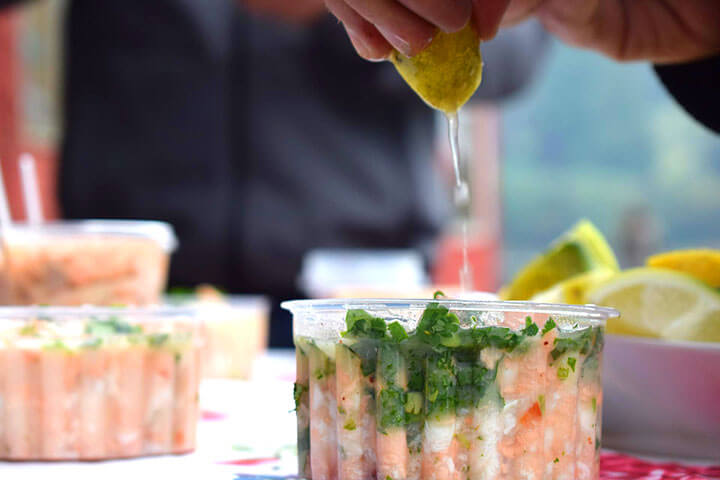
#5. Ceviche originated in ...
Yes, this is the appetizer Top Chef contestants always turn to. That’s because seafood lovers can’t get enough of this simple, healthy dish: the freshest marinated fish in acidic lime juice with salt, chilis, herbs, onion, ginger, and finished with a variety of garnishes. There are, however, many variations and ways to play with the ingredients.
This dish originated in Peru, but is popular throughout South America, where on the coast restaurants dedicated to this dish, “cevicherias” are becoming increasingly more popular.

#6. Nutella originated in ...
Nutella, a hazelnut and chocolate spread, leaves a sweet impression. Nutella was invented by Pietro Ferrero, a pastry chef from Turin, and introduced to the mass market in 1964, out of the Ferrero factory. Originally, the idea came about as a way to feed factory workers something sweet and affordable, as part of their lunch. Back in the 1960’s, it was introduced in the shape of a loaf to be sliced and placed on bread.
Fast forward to today, and Nutella is consumed in 160 countries around the world, a testament to its delicious, sweet taste. Because it is so popular, a quarter of the world’s hazelnut supply is purchased directly by Ferrero for Nutella production.
Source: https://www.mentalfloss.com/article/72594/25-delicious-facts-about-nutella; https://www.italyheritage.com/cuisine/food/nutella.htm
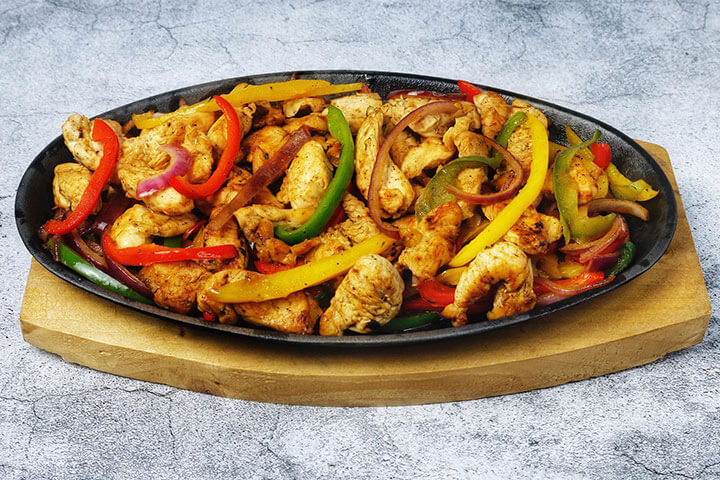
#7. Fajitas originated in ...
Around the 1930s, fajitas were created in the Rio Grande Valley of Texas by Mexican “vaqueros” or cowboys. This dish serves as a prime example of authentic Tex-Mex cuisine that went on to explode in popularity across the United States.
As part of their pay, vaqueros would receive “throwaway” items from butchered cows, including entrails, the hide, cow heads, and most notably, meat trimmings like skirt steak. Grilled skirt steak was the first iteration of fajitas and remained a regional dish until the late ‘60s when the first fajita taco concession stand opened for business. Later, restaurants picked up on the dish and made further changes. Sizzling platers, condiments, tortillas, and different meats were introduced into the dish, creating what we now recognize as the modern fajita.
Source: https://www.austinchronicle.com/food/2005-03-04/261130/

#8. Apple pie originated in ...
Although apple pie wasn’t an American-made invention at all, that doesn’t mean the term “as American as apple pie” no longer applies to the American experience. Apple pie was first invented centuries before the United States was founded, back in medieval, mother England.
Apples originated in Kazakhstan and were later introduced to the United States by European settlers. Although it had been around for two centuries in the United States, apple pie wasn’t transformed into a nationalist symbol until the 20th century by way of marketing, news, and war.
There are many historical markers that led to apple pie becoming a nationalist symbol. For instance, in 1902, a New York Times article named it the “American synonym for prosperity” and asserted apple pie “is the food for the heroic.” By the time WWII occurred, apple pie was a metaphor for the United States. Soldiers would often note the source of their strength as “fighting for mom and apple pie.” The pie also represented an idealistic view of American families as being pure, hearty, and wholesome.
A representative from the American Pie Council asserts that its historical narrative has indeed come to represent the American experience, or more specifically, the immigrant experience that, apart from Native Americans, we were all a part of:
“When you say that something is ‘as American as apple pie,’ what you’re really saying is that the item came to this country from elsewhere and was transformed into a distinctly American experience.”
Source: https://food52.com/blog/24688-apple-pie-origin-story
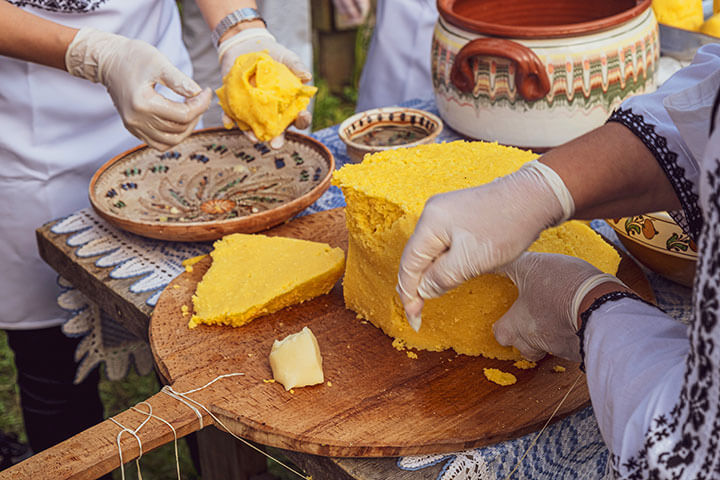
#9. Polenta originated in ...
Polenta, which is fine ground corn meal, is a dish from Northern Italy. For large, struggling families, it was an easy way and filling way to feed empty bellies. Today, polenta is a well-respected dish found on Italian menus across the world and available in most grocery stores.
This delicious, creamy corn dish has roots as far back as the 1500s when corn was first planted in Italy. Although Italians are known for their bread and pasta, polenta is so popular in Northern Italy that residents are sometimes referred to as “polentoni,” or polenta eaters. This versatile dish is traditionally prepared as slow simmered ground corn that is then baked, fried, or grilled. The toppings range as well, although butter, cheese, or sauce are some favorites.
Source: https://www.gourmettraveller.com.au/news/food-news/the-history-of-polenta-2642; https://www.lacucinaitaliana.com/italian-food/italian-dishes/polenta-all-you-need-to-know-about-the-comfort-food-of-northern-italy?

#10. Hawaiian pizza originated in ...
As counterintuitive as it sounds, Hawaiian pizza was invented by a Greek immigrant living in Ontario, Canada. After restaurant owner, Sam Panopoulos, visited the US in the 1960s, he brought back what was then a novelty for the Canadian palate: pizza.
Two years later, he ventured past mushrooms, bacon, and pepperoni and offered customers pineapple as a topping. There was no rhyme or reason behind this decision. It was made purely out of an exploratory mind who wanted to try something fun and new. Its sweet and salty contrast was a hit.
The name “Hawaiian” was based off Sam’s preferred brand of canned pineapple. Canadians were happy to try it, as pineapple was an ingredient associated with the “Tiki culture” that gained popularity after WWII. So, the next time an argument breaks out over this polarizing dish, just remember, it was all for fun.
Source: https://www.mentalfloss.com/article/570703/hawaiian-pizza-divisive-history
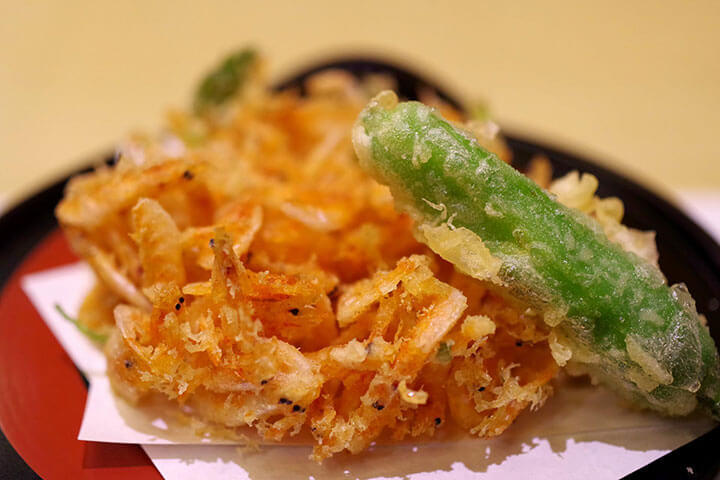
#11. Tempura originated in ...
This was a tough one! Who doesn’t immediately think of Japan when they hear the word tempura? The origin story is a serendipity of sorts.
In 1543, Portuguese sailors on their way to Macau were swept off course, and landed on the Japanese island of Tanegashima. With them, they brought and introduced a battered and fried green bean recipe that was useful for long journeys. Portuguese sailors would fry the beans as means of preservation during their long journeys.
The Japanese took what they learned from these sailors and made it their own by lightening the batter and not restricting themselves to green beans. Anything can be tempura, in Japan.

#12. Coffee originated in ...
Coffee is one of the most valuable legally traded commodities on the planet Earth, second only to oil. Food that has been around for centuries often have difficult origins to pinpoint. However, the discovery of Arabica coffee can be traced back to Ethiopian forests where coffee beans still grow wild. The beans and berries are enjoyed by both humans and wildlife.
Legend has it, coffee was discovered by a goat herder who noticed his herd had become very alert and active after grazing off of what we now know was a coffee shrub. This caught the attention of monks, who tested the bean for themselves and enjoyed the results. Whether or not this specific origin story is true, we have Ethiopia to thank for some of the highest-quality coffee in the world.
Due to global warming, wild Arabica trees are now threatened. While coffee isn’t endangered thanks to plantations all over the world, losing our last wild coffee forests also results in a loss of genetic diversity, making the crop more vulnerable to disease and pests. These forests are also threatened by the need for timber and agricultural land. Organizations such as Partnerships for Forests are working to save these forests and can always use more support. For more information, check out https://partnershipsforforests.com/.
Source: https://www.atlasobscura.com/articles/what-is-coffee-forest; https://www.pbs.org/food/the-history-kitchen/history-coffee/
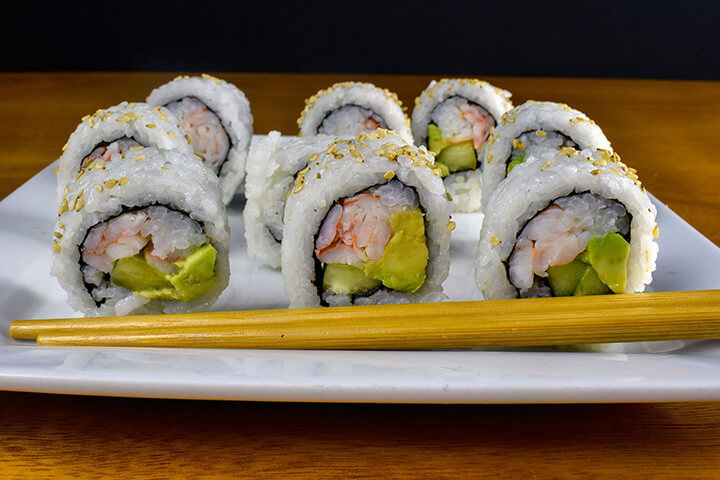
#13. California rolls originated in ...
Another Canadian twist! California rolls were invented by acclaimed Vancouver chef, Hidekazu Tojo. When the classically trained sushi chef arrived in Vancouver from Osaka, Japan in 1971, there were very few Japanese restaurants that served raw fish.
Tojo discovered that Canadians didn’t have a taste for raw fish. As he surmised, the local supply of fresh seafood was lacking in freshness. As opposed to the fish he was used to in Japan with scents reminiscent of watermelon and cucumber, Tojo found that Canadian fish in grocery stores smelled … stinky.
The sushi master was determined to turn Canadian taste buds onto sushi, so he invented a dish better suited for their palates, which didn’t require the unappetizing scent of their local grocery store supply. He also knew that Canadians didn’t like eating seaweed or nori.
With this knowledge, he used ingredients accessible to him that the locals preferred. First, he replaced fish with boiled local crab and avocado. Then, knowing how Canadians felt about eating seaweed, he hid the nori inside the rice — effectively turning traditional sushi inside out — and added a little mayonnaise. His experiment in appealing to local palates was a complete success. The rest is history.
Source: https://food52.com/blog/24025-history-of-california-roll
Results
Congratulations! You know your food!
Thank you for taking our quiz! We hope you had fun discovering the origins of some of our favorite foods and dishes.







This quiz crippled any idea of where I thought some food originated.